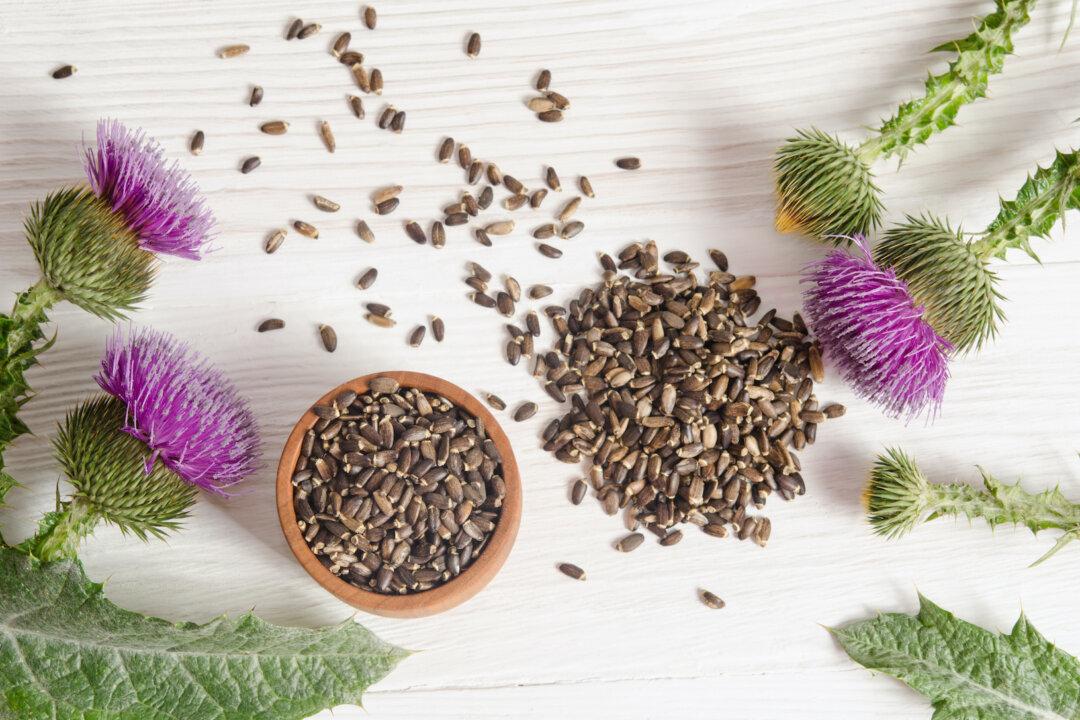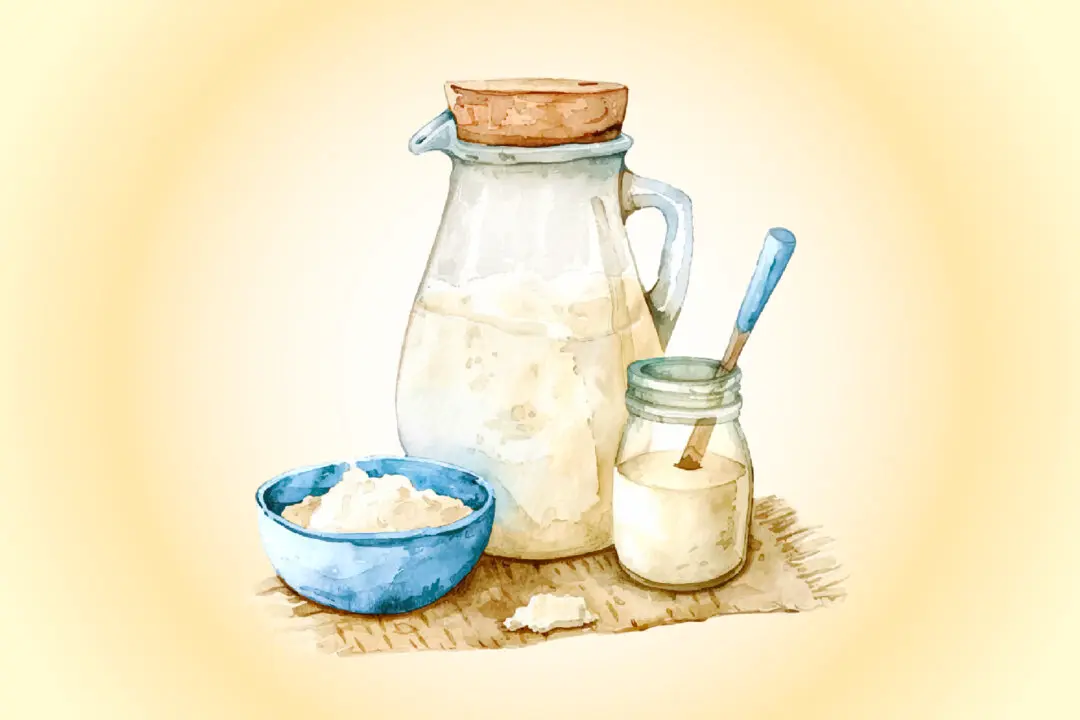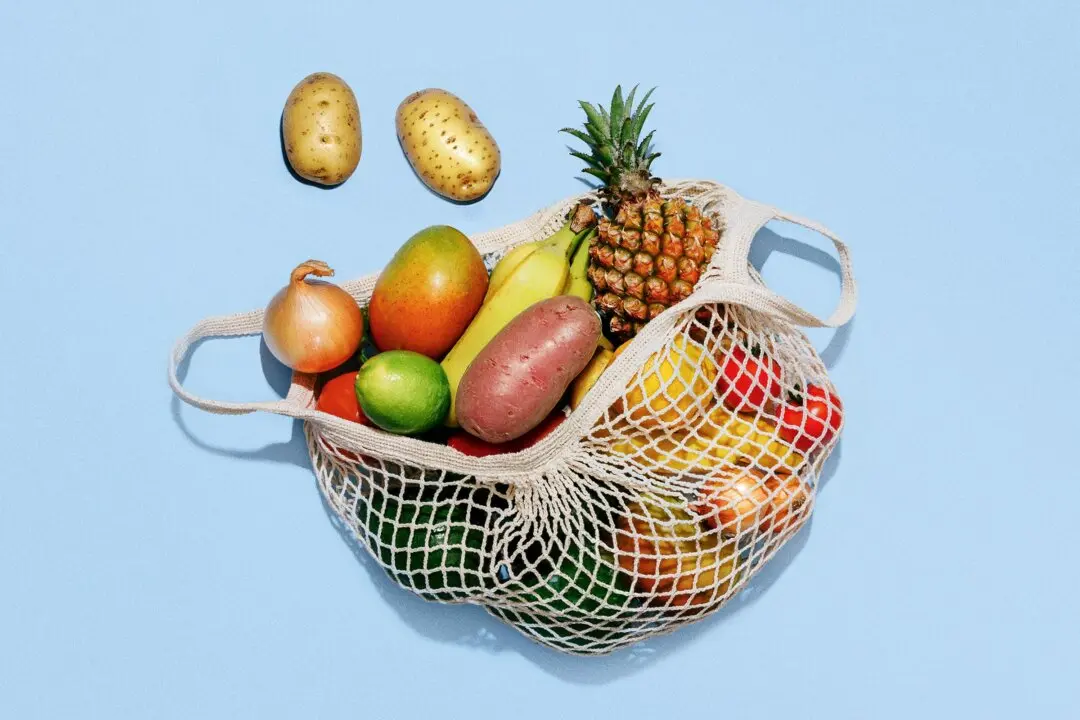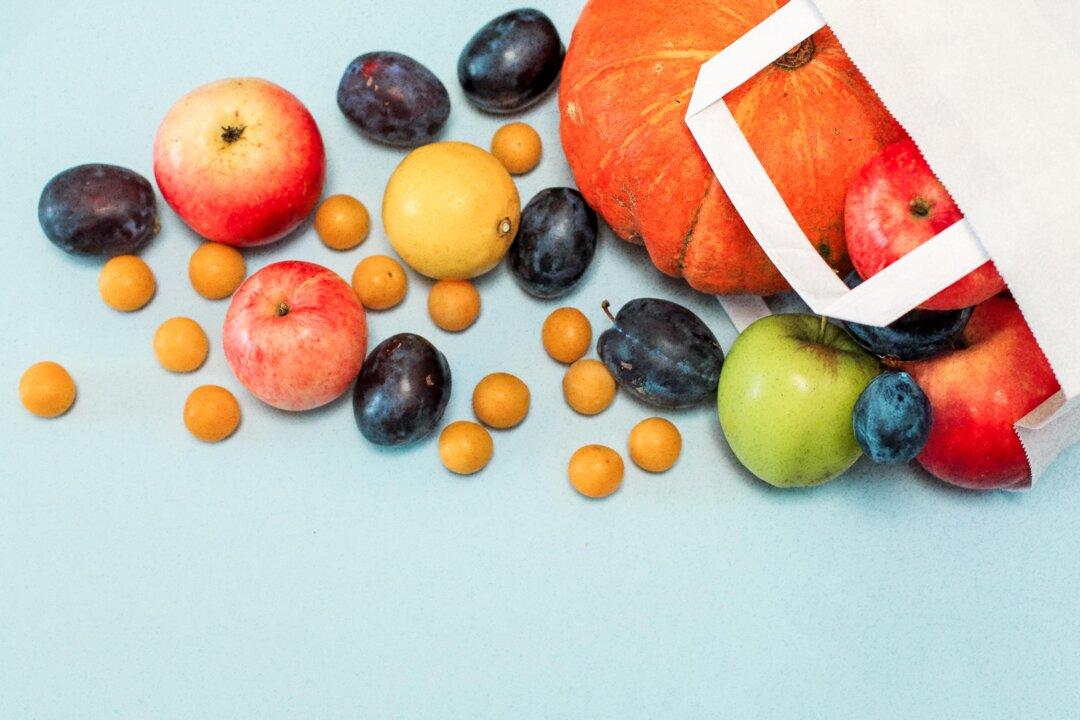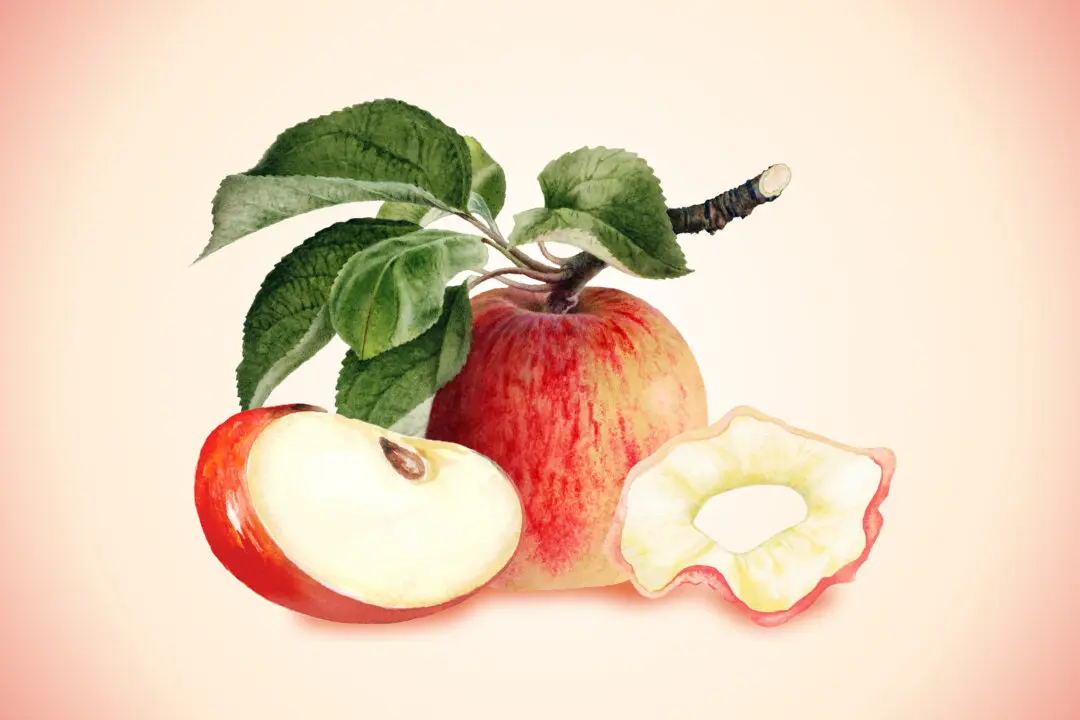Milk thistle, with its distinctive purple flowers and long, thorny leaves, has long been touted for its liver health benefits and detoxing prowess.
Milk thistle and its healing properties were first described by the Greek physician Dioscorides in 40 A.D. Dioscorides was a physician, pharmacologist, botanist, and the author of De Materia Medica, a five-volume Greek encyclopedia describing herbal medicines that was the leading pharmacological text for 16 centuries. He was employed as a physician and surgeon in the armies of Roman emperor Nero, which gave him the opportunity to travel extensively, studying the features, distribution, and medicinal properties of many plants and minerals.

